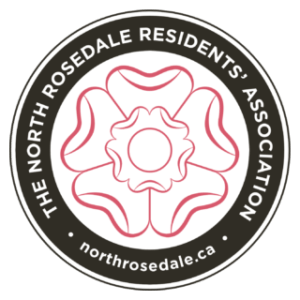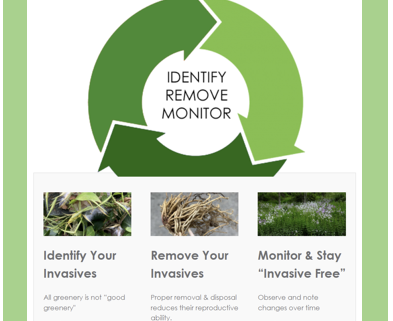Stewardship begins at home – Invasive species information

In the last issue of the NRRA Newsletter, we provided an overview of the great achievements of the park stewardship team that met weekly through three seasons last year to work on the Roxborough Parkette. This work will continue in 2022, with a focus on ensuring the invasive plants are kept at bay, making room for indigenous plant varieties to thrive. After last year, the infestations of buckthorn and knotweed were knocked back on their metaphorical heels, but we probably haven’t heard the last of them. There is always room for more people to participate as stewards at this site, so if this is of interest please get in touch with Toronto Nature Stewards through the ”contact us” link on their web site.

Not many people are aware that a significant proportion of Toronto’s treasured ravine system (40% to be exact) is located on private property. More to the point, plant varieties (whether indigenous or invasive) pay little attention to property lines. So, all the efforts to curtail the spread of invasives in a ravine section can be for naught if similar actions are not taken on adjacent private lands. With that in mind, this year Toronto Nature Stewards is issuing a new guide for stewardship on private land. TNS is providing a detailed web-based resource with guidance on how to identify and remove invasives, as well as how to select, plant, and nurture plantings of native varieties in private gardens. This is an excellent resource and should be of interest to anyone with responsibility for a garden, whether directly adjacent to a ravine or not. This new guide can be found at the following link: TNS Guide for Private Property.


